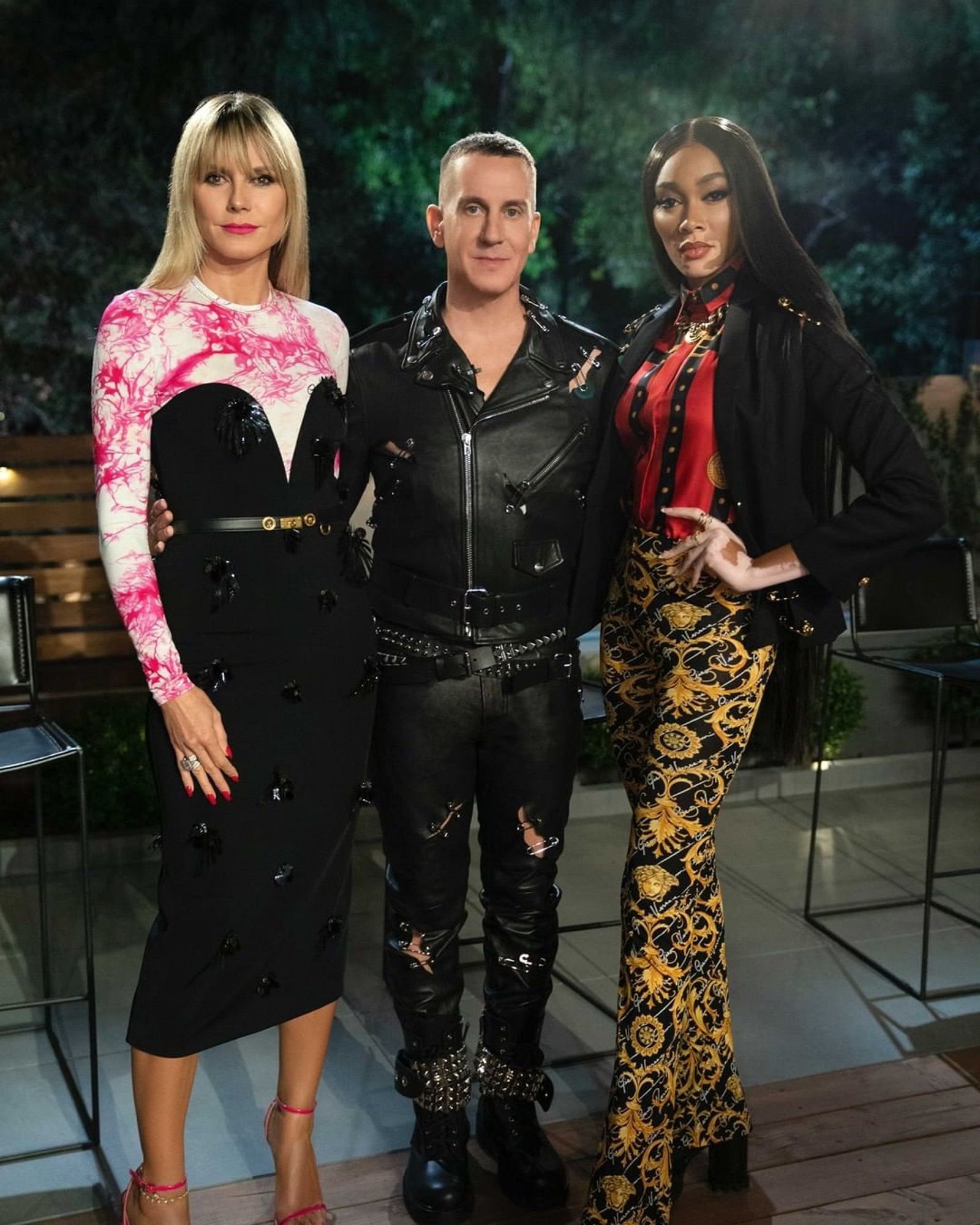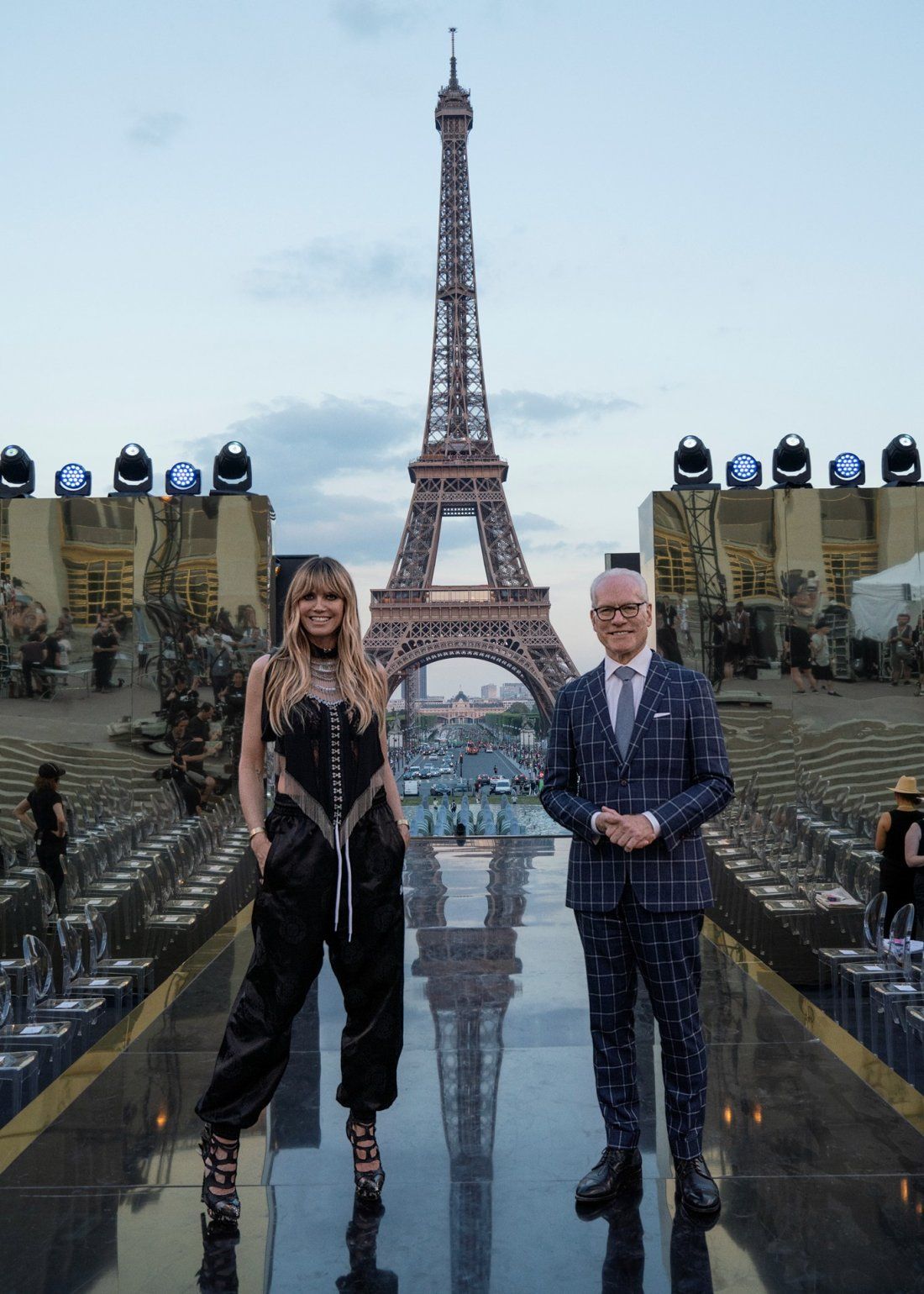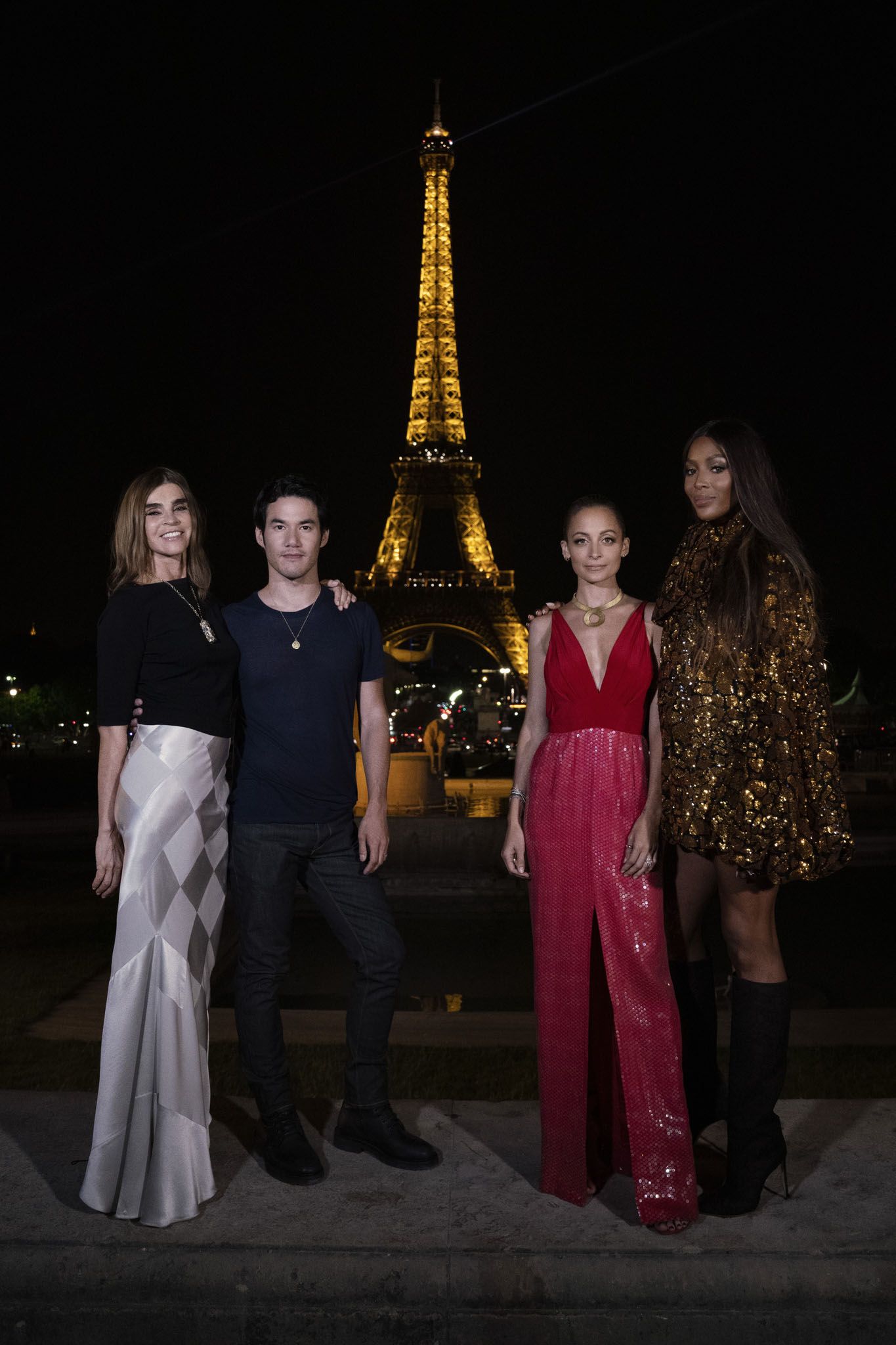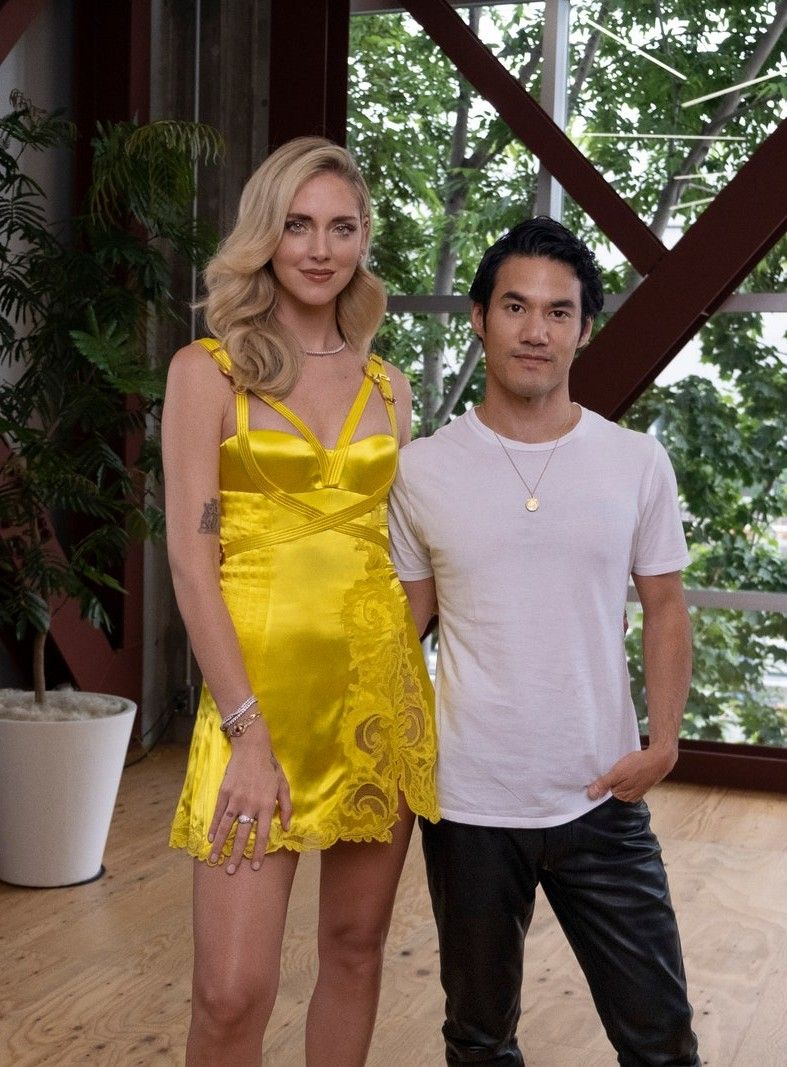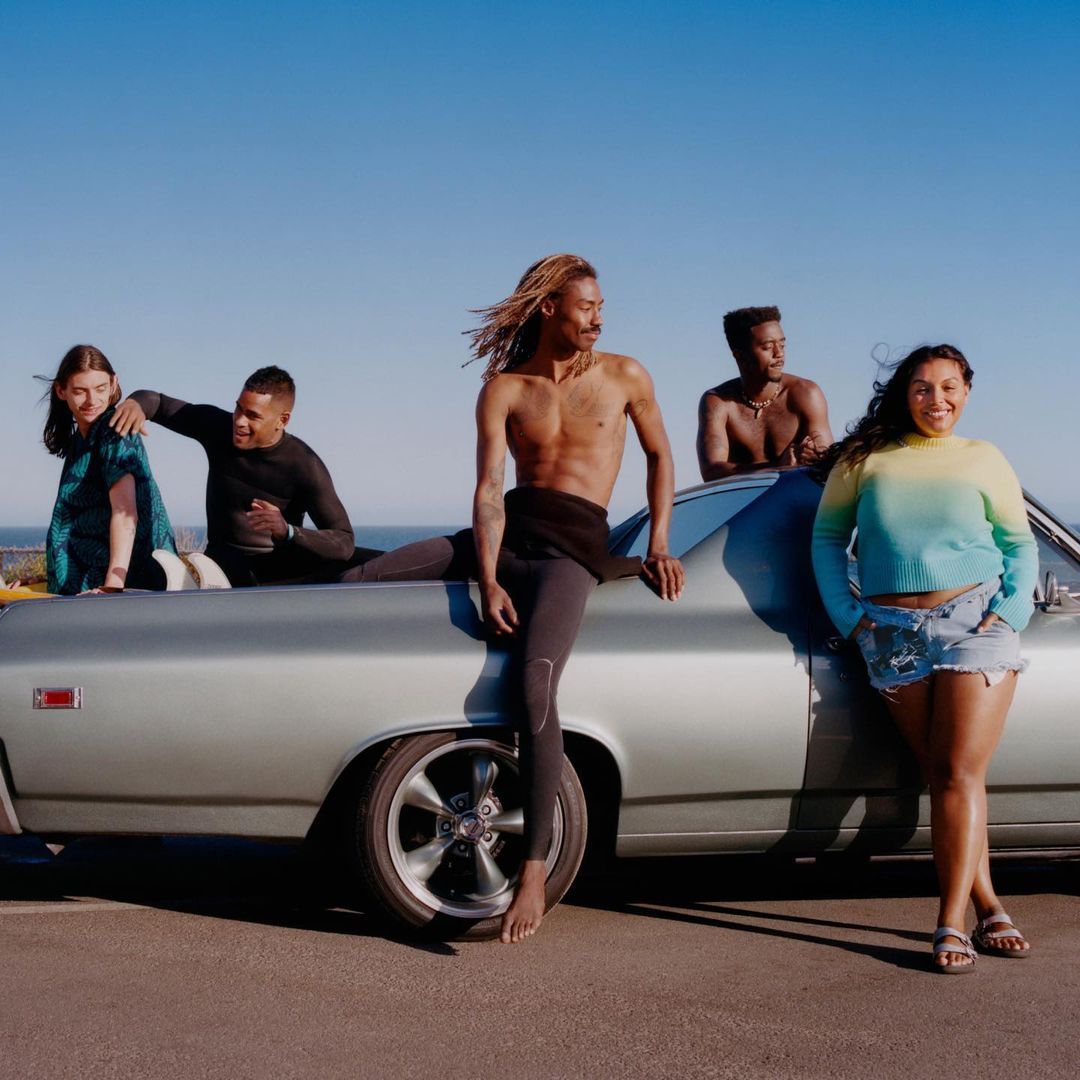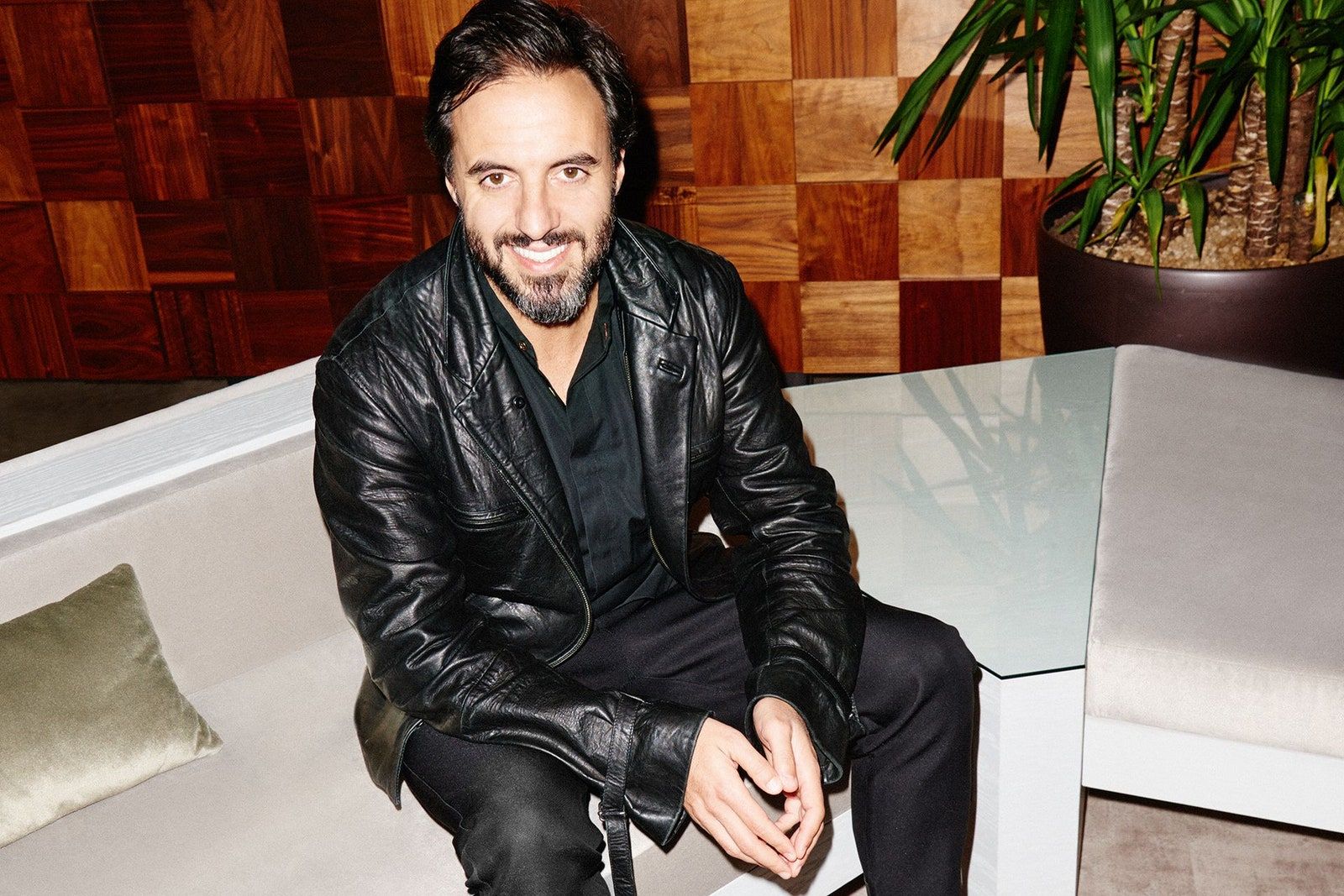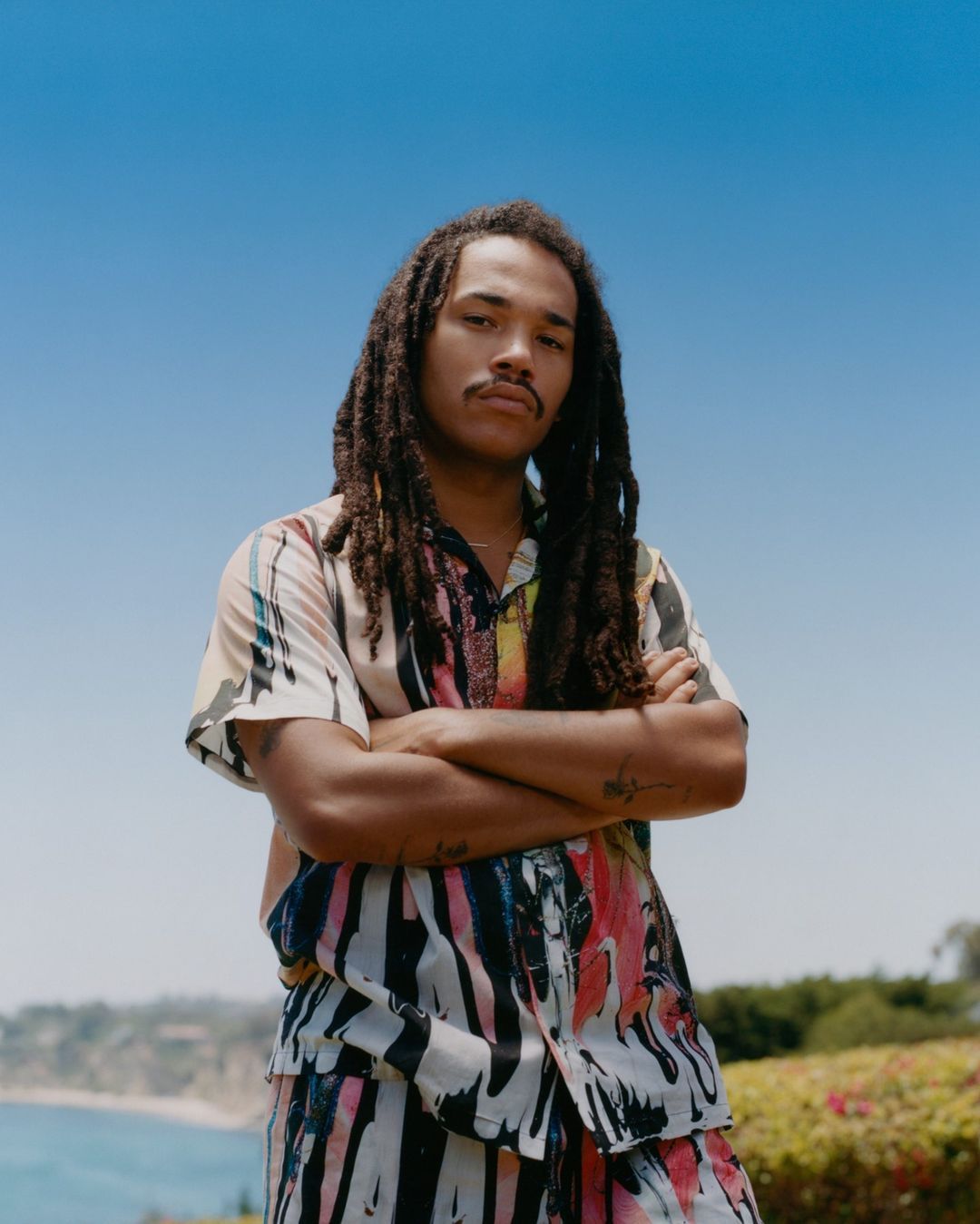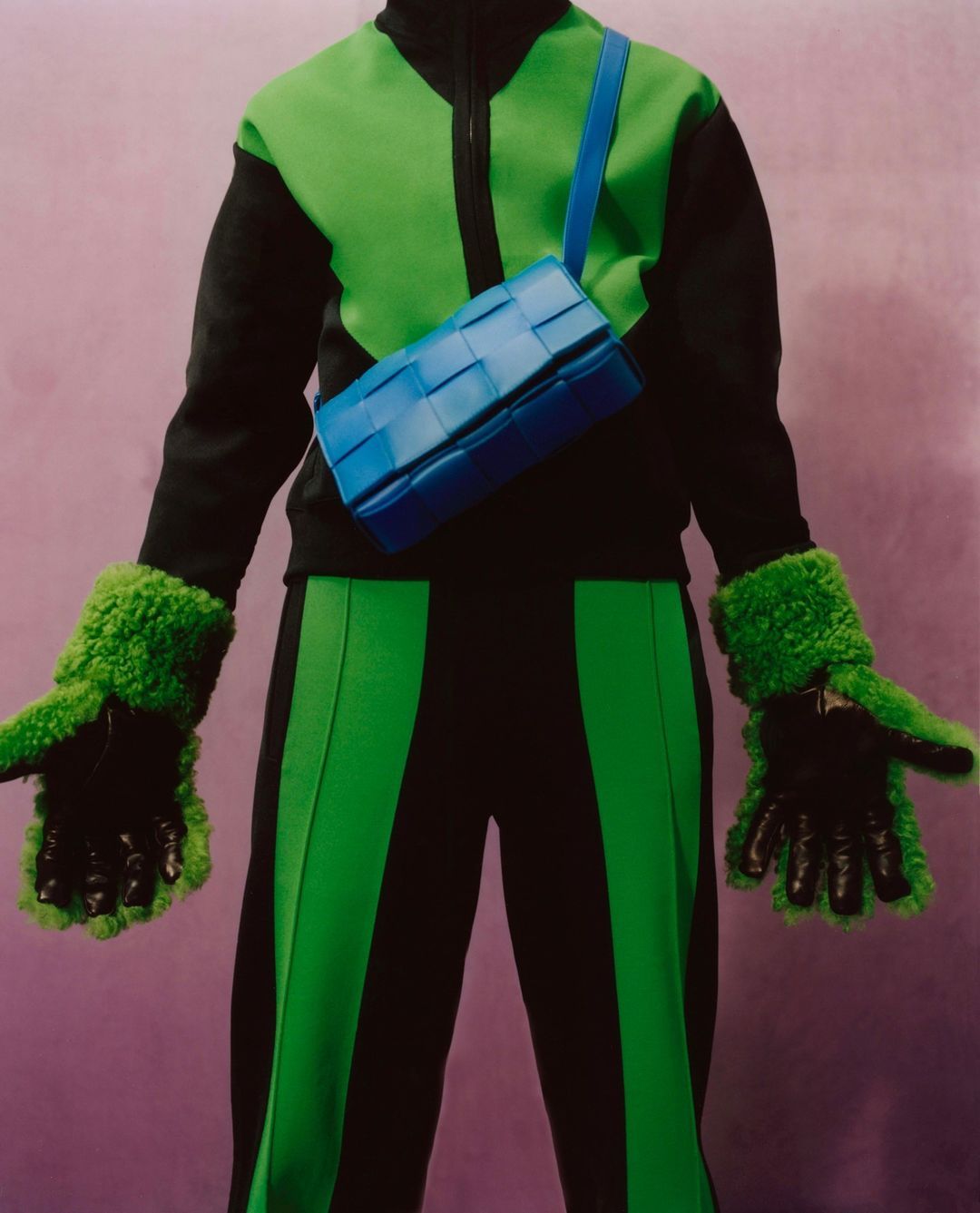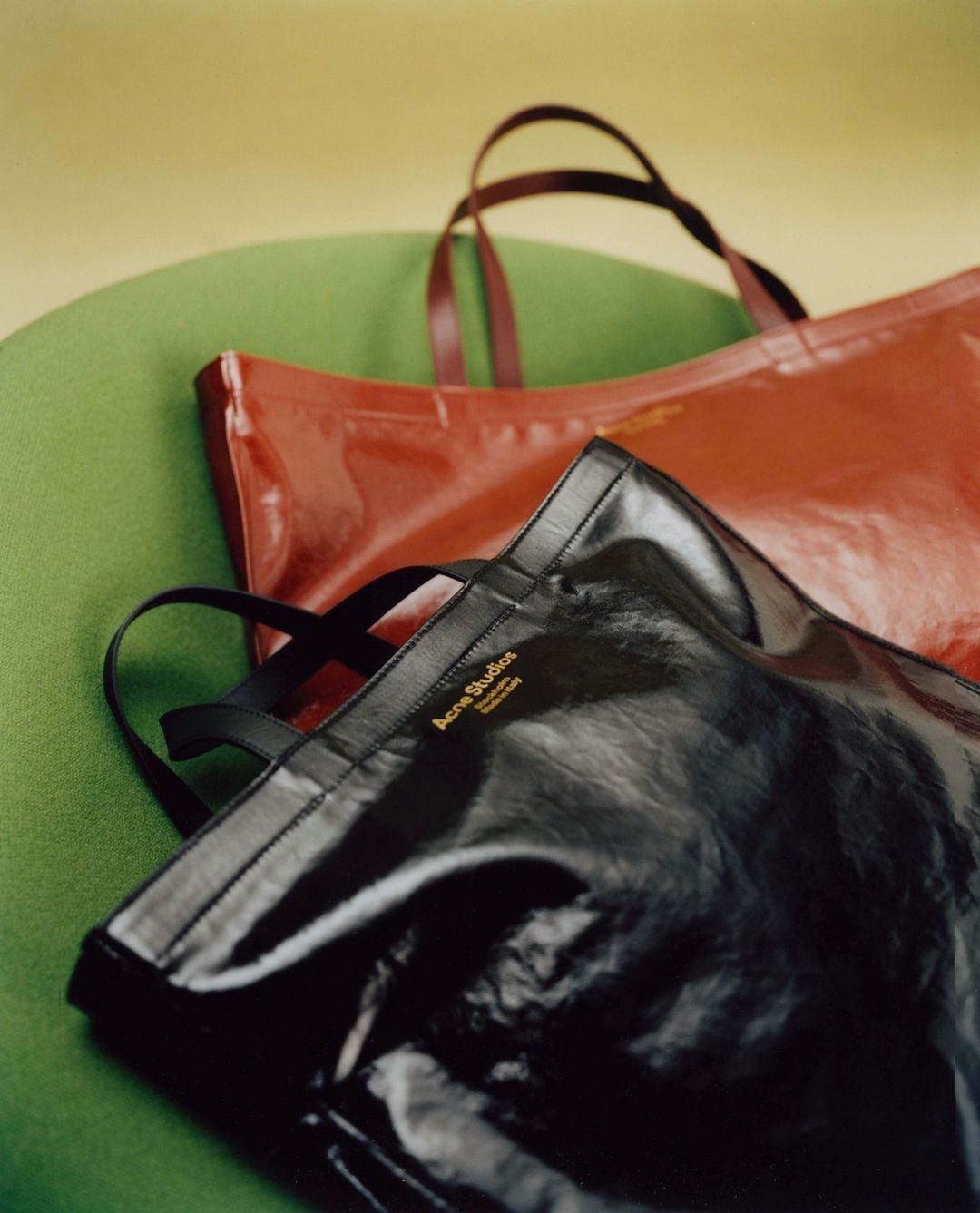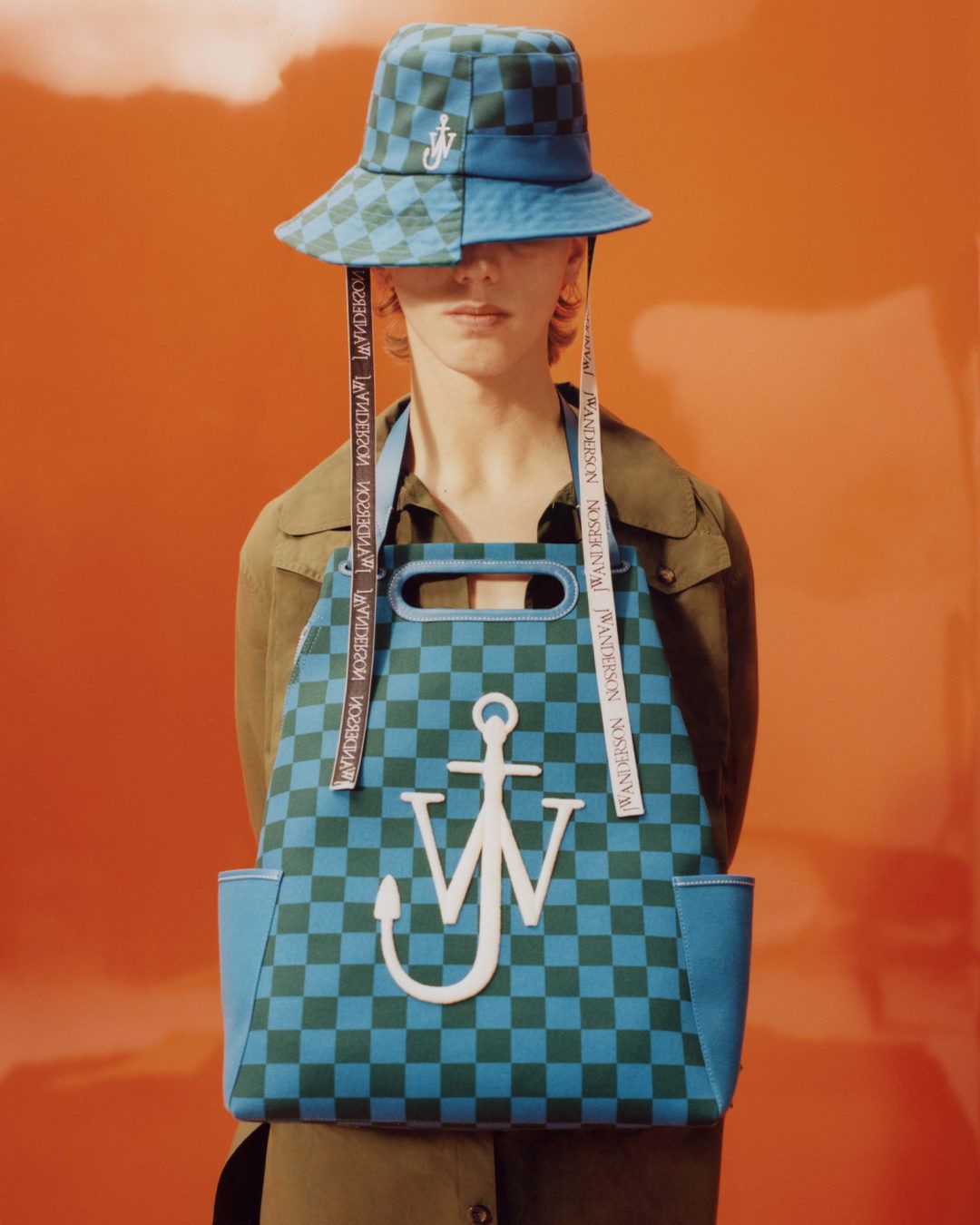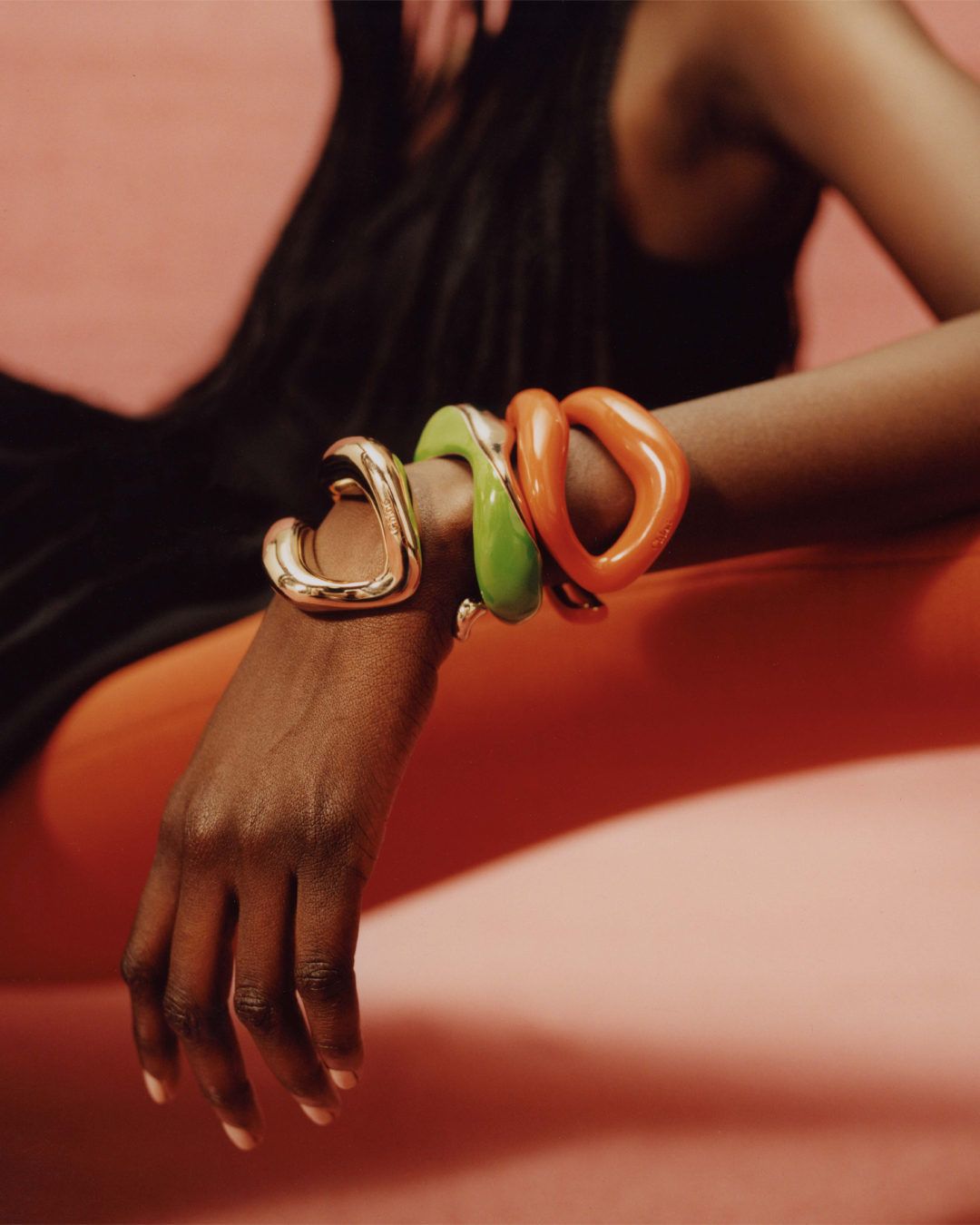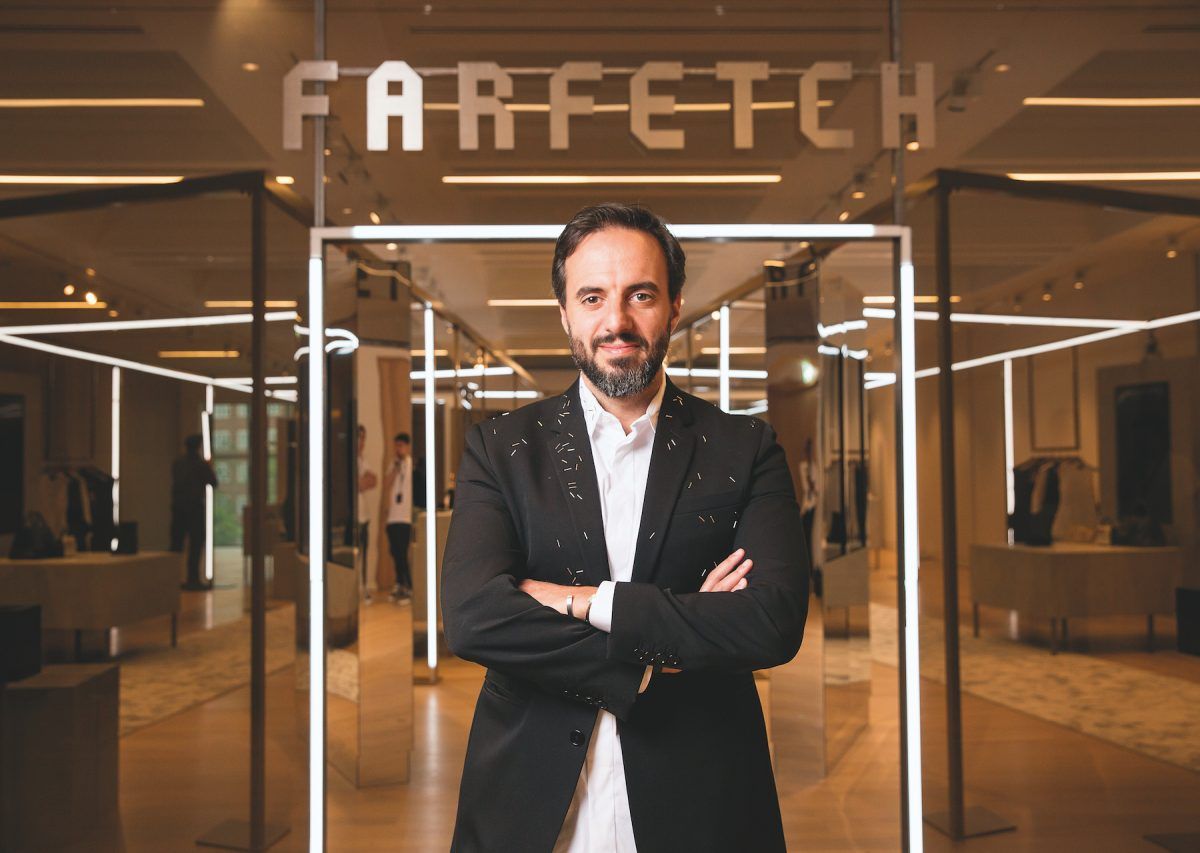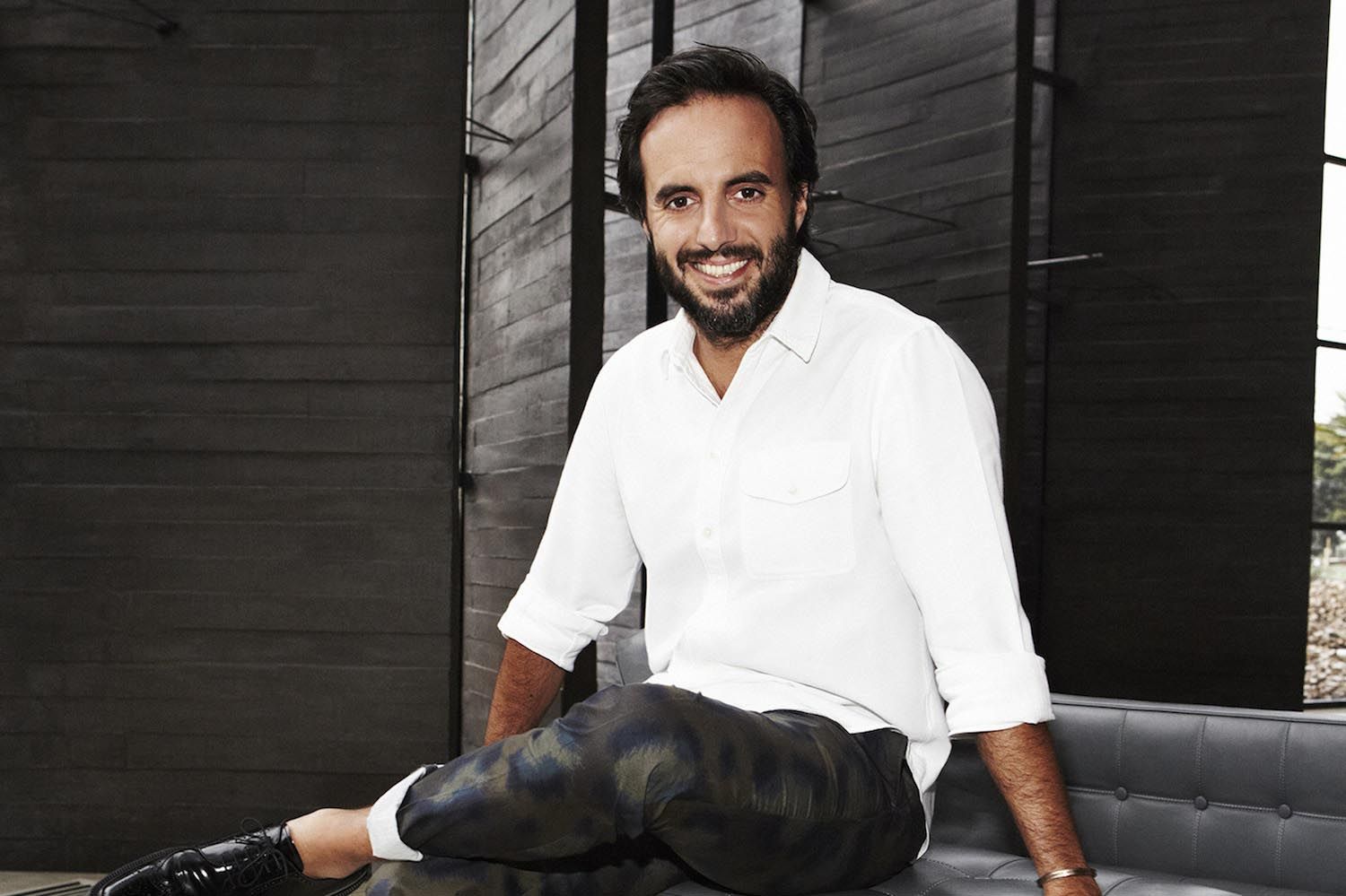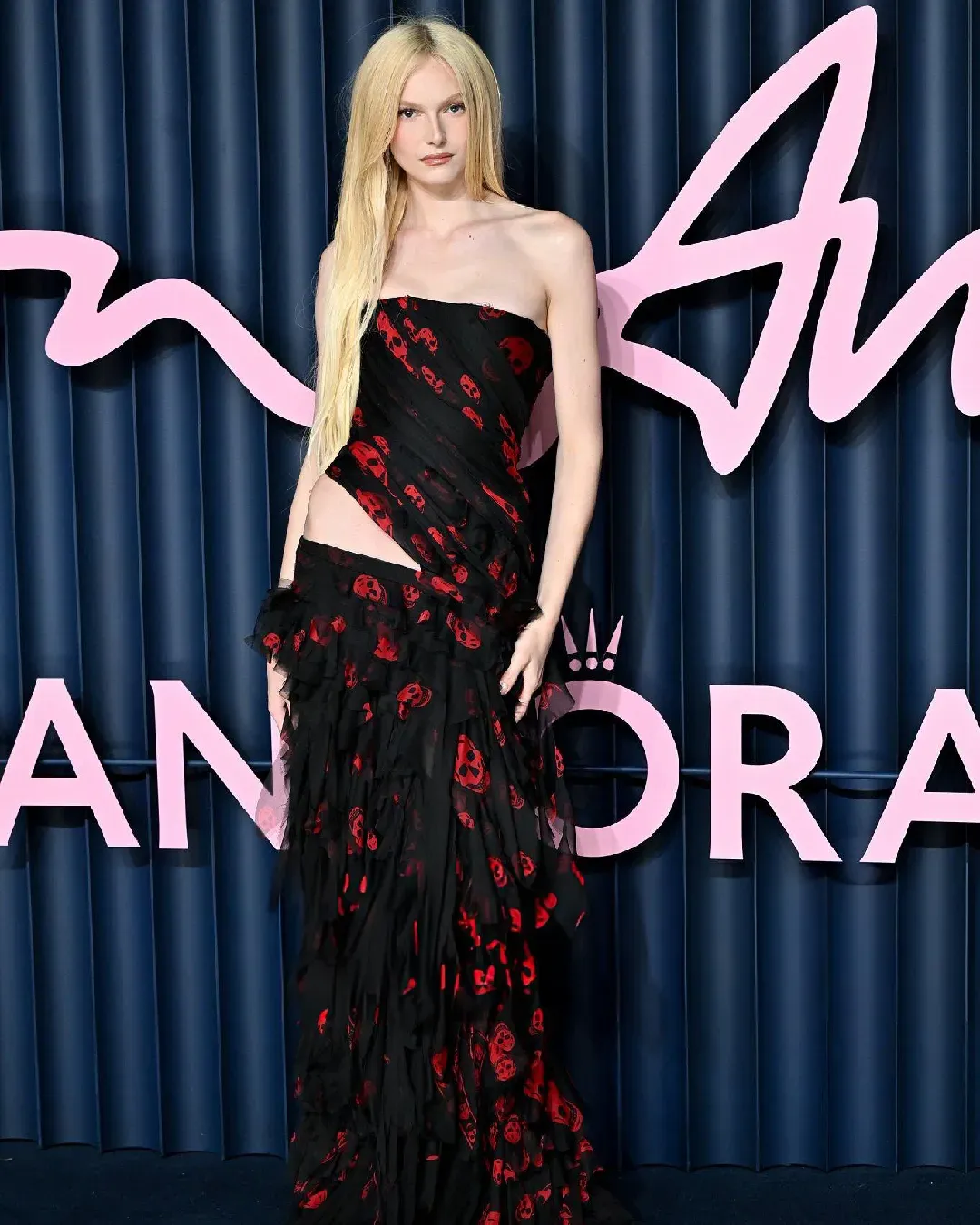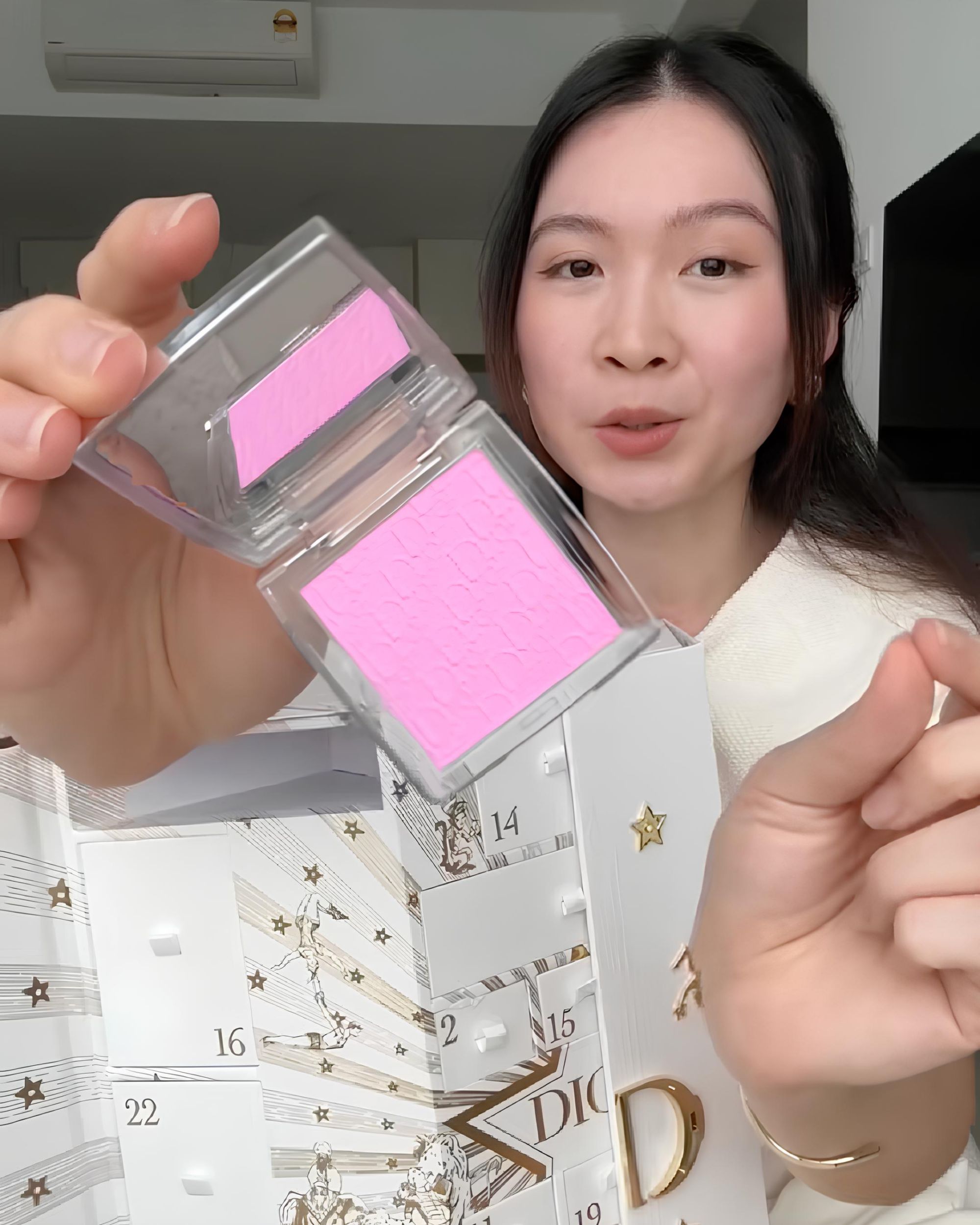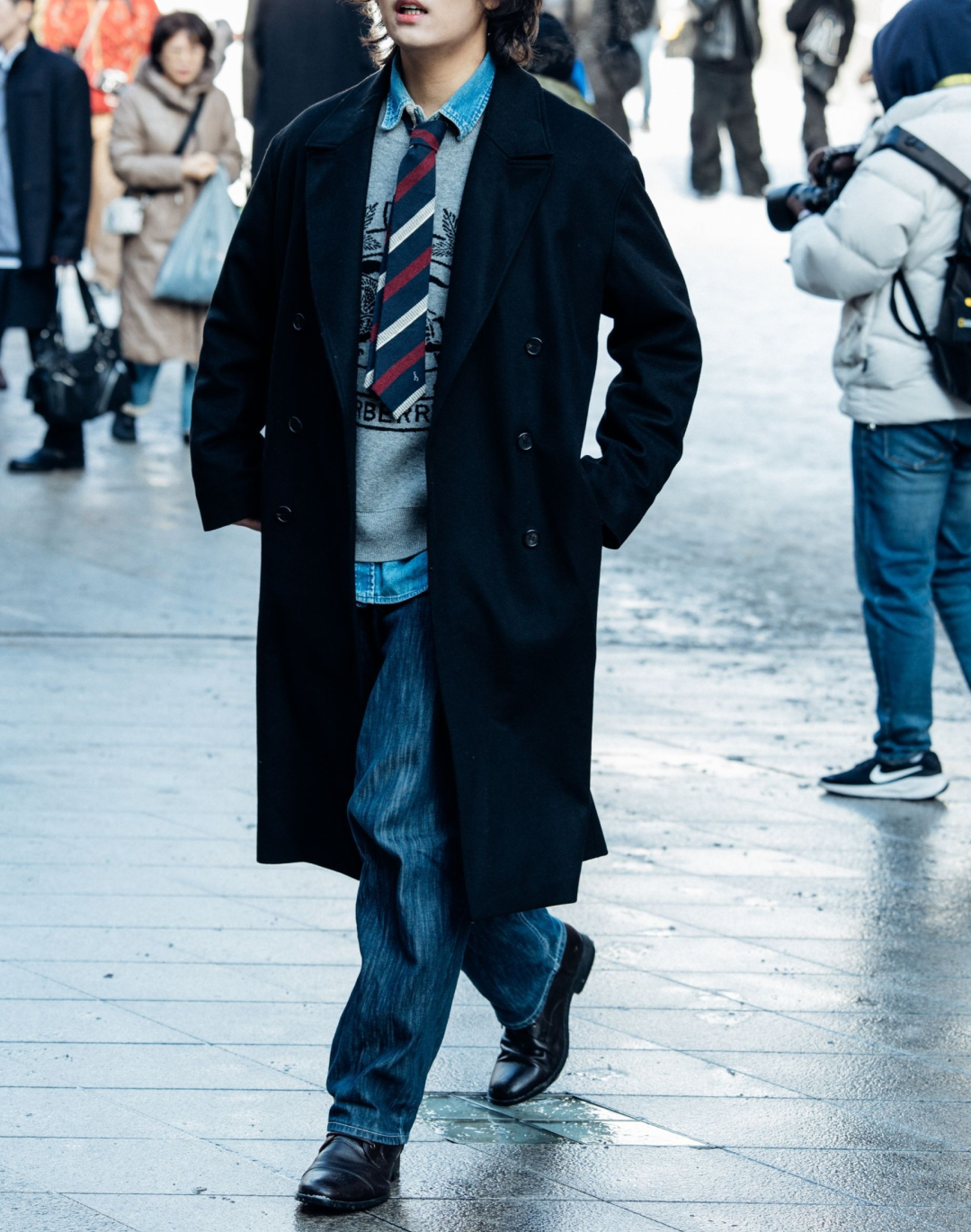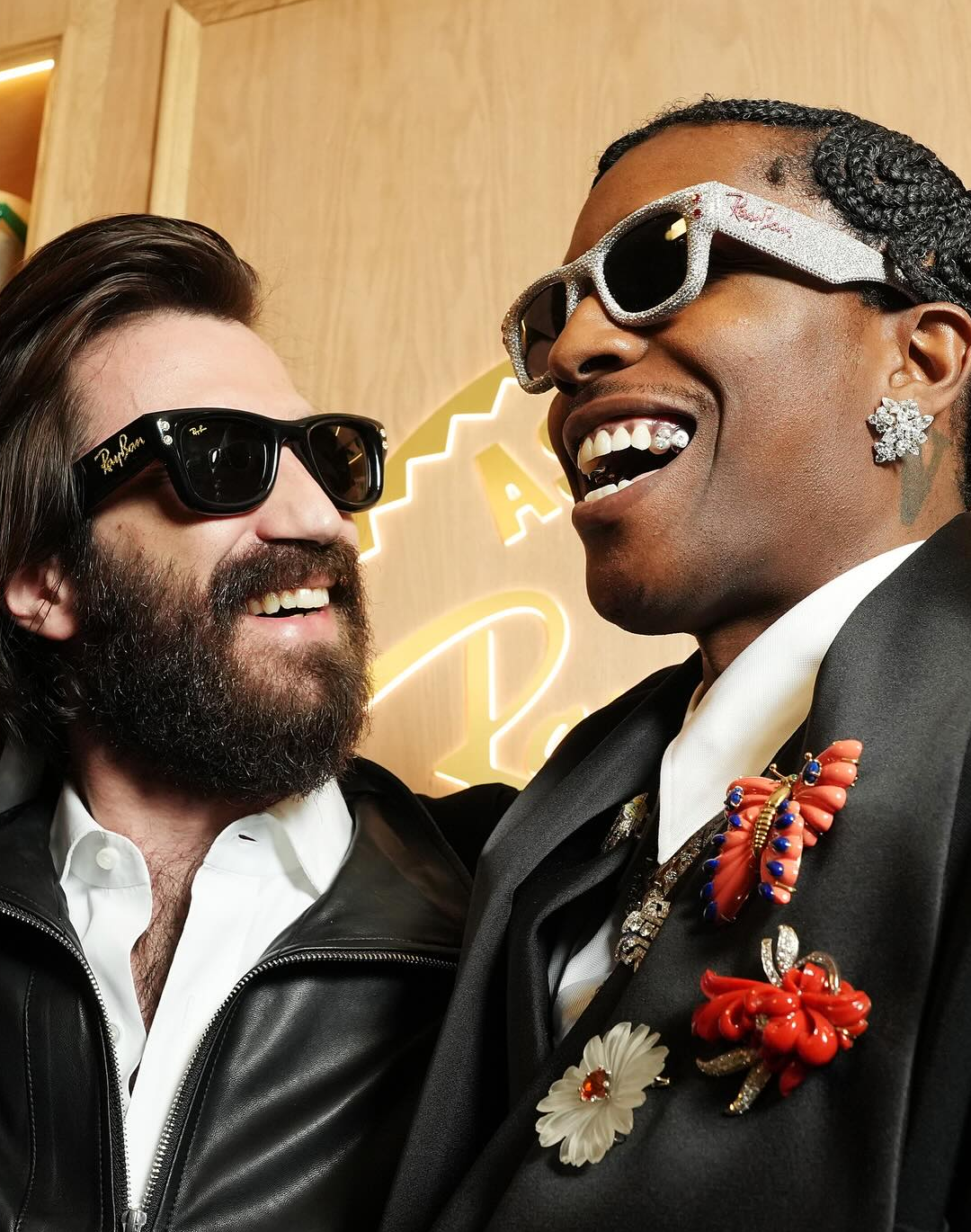
Will Amazon also be able to conquer luxury in Europe? The new Luxury Stores platform will have to deal with a tough competition
A year after its birth, and after the first successes on the American market, Amazon will bring its platform dedicated to fashion designers, Luxury Stores, also in Europe. Details have not yet been released on which brands will decide to join the platform – although, as reported by WWD, Dundas and Elie Saab have already confirmed their presence. For the other brands on the platform instead, which include names such as Oscar de la Renta, Missoni, Altuzarra, Rodarte, Christopher Kane and Boglioli among others, joining the platform is very likely even if not yet confirmed. The expansion of Amazon's new business was motivated by good commercial results, also due to the progressive recession that affected the large American department stores in time of Covid, but also the extraordinary growth in online fashion sales during the pandemic: Vestiaire Collective reported a 119% increase in orders last May while Zalando saw a 34% increase in sales, Farfetch gained 900,000 new customers during the pandemic while Bain & Company estimated that in 2020 online channels accounted for 23% of fashion industry sales.
Amazon's decision to enter the world of fashion therefore seems natural given the expansion of the market and the new need of many brands to address a global audience. But in general, the main doubts that Amazon's announcement raises concern the inclusion of the new platform within a commercial ecosystem such as the European one, on the one hand dominated by the big luxury fashion brands, on the other already occupied by a series of luxury retailers such as Farfetch, Net-a-Porter or Zalando.
Why has Amazon Luxury Stores been successful so far?
In two words: platform and network. From the point of view of independent luxury brands, Luxury Stores offers great visibility and access to a vast audience – which previously included only Amazon Prime subscribers but which has now extended to all Amazon users. But there are also other advantages: Amazon has, thanks to Prime Video, an entire media universe available, which includes for example the Savage x Fenty shows but also a program like Making the Cut where, for example, Joseph Altuzarra was a judge for the first season. Not surprisingly, Altuzarra's collections are available on Luxury Stores. To date, there are also independent Italian brands such as Missoni and Boglioli on the platform – but it is safe to assume that the presence of Jeremy Scott in the second season of Making the Cut may portend the arrival of Moschino on Luxury Stores. After all, Moschino has never disdained alternative distribution channels to the classic canon of luxury e-tailers and is in fact also present on Zalando. In addition, the new platform can take advantage of huge capital and logistics infrastructures scattered around the world that allow it both to offer exclusive programs such as invitation-only collections, personal shopping and ranges selected by influencers and campaigns and activations with well-known faces of the industry such as Paloma Elsesser, Georgia May Jagger, Luka Sabbat but also Cara Delevigne and Danny Lomass.
In contrast to its main competitors, moreover, and following a model closer to Alibaba's T-Mall in China, the Luxury Stores platform is in fact separate from that of Amazon, with each of the brands being able to structure their digital space as in an independent site and can control both inventory and pricing – something that does not happen for example with Net-a-Porter who instead buy their own inventory and take the control over pricing and discounts. Precisely the model of concessions used by Amazon has worked very well for T-Mall which, originally, had to face the same mistrust but which, by creating a separate digital space for brands, has quickly managed to become the main access point that Western brands have on the very important Chinese market. Claudia d'Arpizio, an advisor to Bain, told the Financial Times that Amazon's concession model can «pose a real challenge to these etailers» also considered how Luxury Stores has begun to supplant American shopping centers.
La forza dell’ecosistema europeo
«Luxury is an industry of relationships», said to the Financial Times, José Neves, Farfetch's CEO, che ha firmato l’anno scorso una partnership strategica con Richemont, il titano e-tailer cinese Alibaba e il Gruppo Artemis della famiglia Pinault, già owner di Kering. «Most true luxury brands are European and family run. For them the protection of brand equity is paramount. From the conversations we’ve had with them about Amazon, having another multi-brand store is not of strategic importance, and it could even be a losing proposition if it cannibalises existing channels». A statement that, beyond the concrete data that demonstrate the commercial strength of Farfetch, expresses well the climate that reigns in the European market, already saturated with multi-brand luxury retailers, and dominated by Zalando and Asos in the median price ranges. Another retailer, 24 Sèvres, has recently arrived on the scene but is already strong in the LVMH network and has launched a capsule with Charles de Vilmorin, one of the new stars of Paris Fashion Week on which the Arnault company had already set its eyes for some time.
Neves' statement, among other things, also highlights another problem: that of brand positioning. The intriseco value of any brand is in fact built by association: if a new brand, never heard before, appeared on Farfetch alongside the big names in luxury it would immediately be perceived as luxurious, but the speech would be different if it appeared on Asos or Zalando, platforms dedicated to the medium-high range but not to luxury. The aesthetics of Luxury Stores still have various updates to do in visual terms, and it is still a slightly more minimalistic version of that of Amazon with some images that even appear blurry. To sell luxury you need a luxurious platform - and on this plan Amazon will have to compete with the already developed platforms of its European competitors.
If Amazon Luxury Stores wants to succeed in Europe, therefore, it will certainly have to face a highly competitive environment, even if it can count on many local independent brands eager to access a wider platform. Another thorny issue is that of the big names in luxury: hardly a mega-brand, already part of an industrial group, equipped with its own e-commerce as well as other channels in already established luxury retailers, will add Amazon to the list of its wholesalers. The strategy will probably be to focus on heritage brands independent of consolidated customers, such as Missoni and Boglioli in Italy, but also potentially Moschino, given the close synergy with Jeremy Scott with Making the Cut, but also Chiara Ferragni, another guest of the reality show, or Alberta Ferretti, another luxury brand already present on Zalando like Moschino. All these independent luxury brands could benefit from their presence on a popular platform like Amazon's, increasing their credibility with their presence.











































